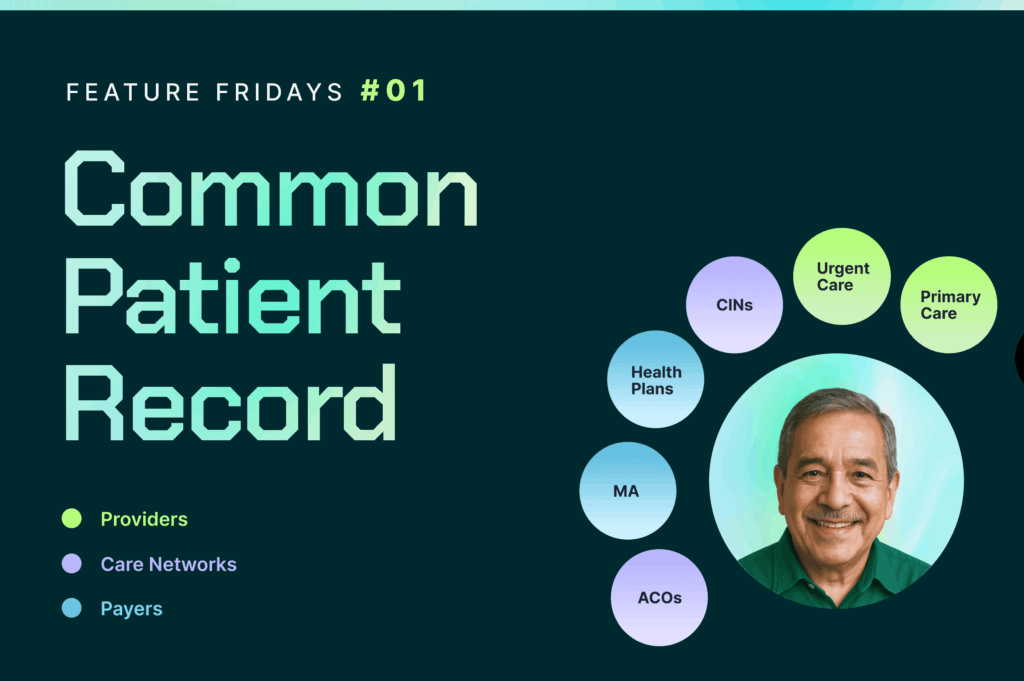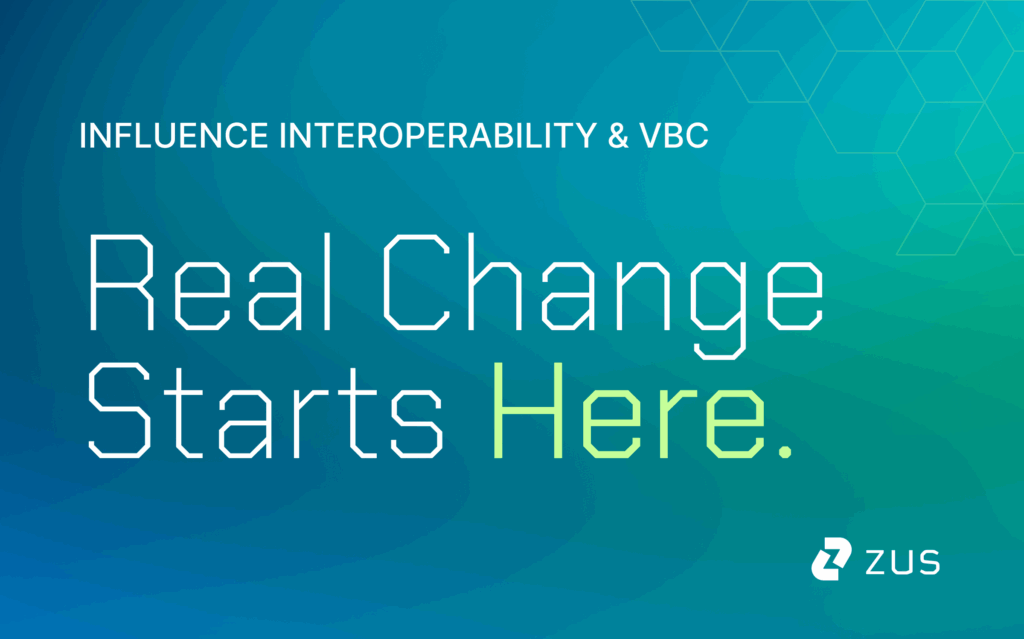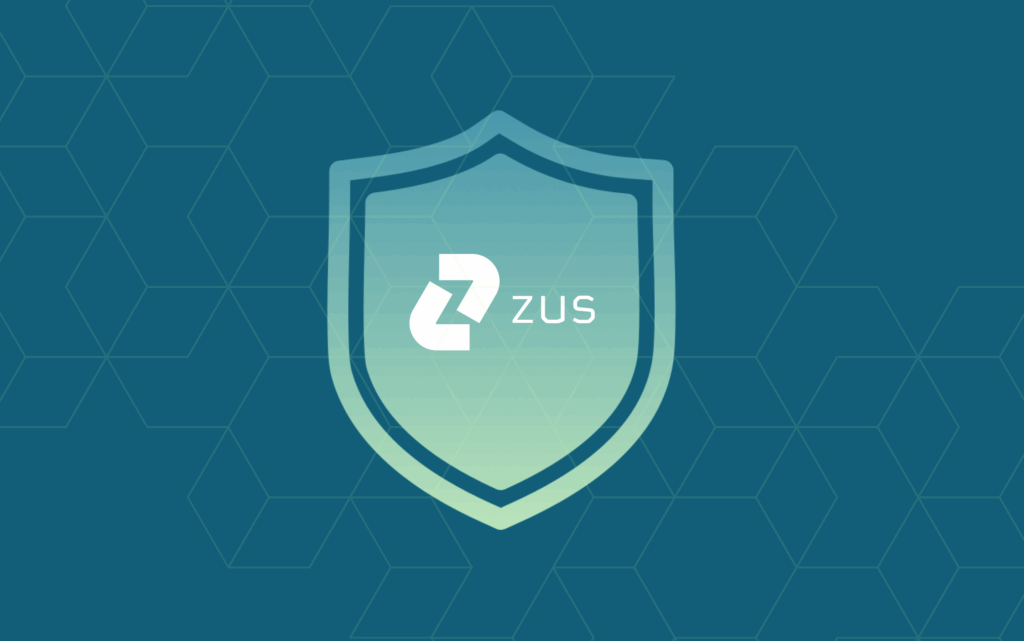The lessons we need to learn in healthcare often are ones that live well outside our walled garden. To that extent, I like the Sam Lessin essay in The Information from last December. Healthcare has a long and storied history of absolutely sucking at reading and writing to common records for many of the reasons that parallel the ones Sam describes for Facebook. The idea that things are different now, though, is truly compelling to me. Who knows, if India can skip copper and go straight to cell, maybe healthcare in America can skip social and go straight to the next great paradigm?!
In his article, Sam focuses on three blockers, which seem truly applicable in our industry:
- It’s fundamentally hard to make cross-app experiences. The only thing more popular in America than complaining about commercial air travel is complaining about the clipboard in the doctor’s office. The innovative methods that might be exposed via cell, tablet, voice, text, or chat to fix this issue are all thwarted by the lack of cross-app experiences. The thorny blockers of HITRUST security reviews, prehistoric application deployment processes, and the glacial stasis inherent to the status quo prevent one enterprise from having a cohesive cross-app ecosystem, let alone across all healthcare enterprises.
- Builders want to read but won’t want to write. In healthcare, many of them don’t even want to read and they definitely don’t want to write. Why don’t they want to read? Largely this stems from the fact that there is a massive malpractice market in America. If you dump a ton of new data on a doctor who is seeing you for the first time, he or she becomes liable for any clinical needles that may be found in the proverbial digital haystack. The math means taking that risk just to get a few hundred dollars of revenue from an office visit is simply not worth it financially (even if it’s unambiguously the ethical choice from a clinical perspective). Beyond that, most doctors’ practices have been acquired by hospital systems that have the bold and lofty aspiration of establishing a local vertical monopoly for care in their market. Making it easy to read off of their record means it’s easy to pick out pieces of care and sell it cheaper than the local monopoly without compromising continuity of information. While it may be good for the world to grab a mammogram at a low-cost imaging center and have it available in your medical center’s record, it’s fundamentally bad from the perspective of that aspirant monopolistic medical center, who today makes a 90% gross margin on most imaging!
- User trust is very difficult to maintain. Trust gets harder and harder, especially as the network gets better and better. It’s already hard enough in terms of simple cross-department trust within a health system, for the cardiology department to trust the entry from the gynecology department (“what do those women’s health losers know about serious heart conditions!”). Likewise, the sensitivity of health data makes patients naturally somewhat wary. We are rapidly approaching a new level of input, so what if the entry is not just from another provider but from someone’s unlicensed weight loss coach? Or self-documented by the patient? Or automatically generated by their Fitbit? The challenges of trust are unfortunately exponentially exacerbated by the explosion of data we see.
“So the issues Sam noted in social are worse in healthcare, right?” you may ask. “Jonathan, why the smile?”
To steal from Inigo Montoya: I know something that perhaps you do not know. COVID has ushered in a massive explosion in the number and funding of digitally forward, virtual-first healthcare providers. These companies have incredible outcomes, almost no fixed cost base (compared to old med), and an always-on, super convenient access layer. They are also almost all “focus factories” in that they take on one narrow problem, but solve it on a national level. As focus factories, they selfishly WANT a shared record. The amazing irritable bowel syndrome team at Oshi Health has absolutely no designs on taking over your diabetes care someday, but would really like a real-time holistic picture of their patients! They don’t just want federated data because it is clinically and ethically superior, but because they make more money when it exists. The incentives were not so for the Facebook application developer community of the Open Graph era and not so for the medical record guardians of Old Med.
Also, these companies are very new. They use new tools. They explore and adopt the best novel technology. They are born in an era of shared development ecosystems, so it’s not only no big deal but actually expected that they share not just tools (Twilio style) or storage (AWS style) but logic and data as well.
Of course, despite the changes in incentives and attitude, the part about sharing being hard is the same in health as in social. So what actually will we need to be true for this to work across the industry? Amazing provenance first. It must never happen that one builder overwrites the data of another. But what, you may ask, if one builder gets the blood type wrong and the other gets it right? Even then, by keeping perfect provenance and embedding this knowledge in workflows, we can provide usable and powerful reporting and ultimately surface the right alerts and decision support. You can imagine the possibilities in a world of free exchange: “Hey doctor, would you like to see when data on your patients is different from your peers’ interpretations? Would you like to subscribe to an insight feed that builds the most accurate and up-to-date model? Would you like to communicate why you believe external sources may be wrong?” An interconnected world of data sharing leads to unbelievable opportunities to learn from one another, see the full picture, and avoid mistakes in data collection, analysis, and decision-making.
Another thing we need to get this right is amazing governance. Who permits what? In healthcare under HIPAA, doctors and other licensed providers can share data on patients without explicit consent of the patient, as long as it’s for their care. Under a relatively new law (the Cures Act), patients have the right to tell their doctors to give it to non-doctors as well. Without strong governance making sure it’s clear who is authorizing what, the risk of fraud, abuse, and honest misuse is massive.
There are many other obstacles to be overcome on our winding road to sharing. The looming problem of identity and matching is omnipresent in all industries. We’ve already seen the impact of a single vendor with Apple in social, where centralized identity aggregation had become so vital to marketing. To that extent, I was excited to see the announcement of digital identity standards by the Carin Alliance at Vive and HIMSS. It will take an industry-wide effort to ensure our solution is buoyed by the collective efforts of many.
With digital identity in place, the unlock thereafter is quite clear. We can suddenly have native trust, understanding that a given authorization from a person really is from that person. We can build a strongly linked, but deeply permission-oriented web of health data to personalize the care journeys of our patients. We can focus our efforts not on the proprietary fiefdoms of yesteryear, the EHR silos and enterprise data lakes. Instead, we can develop lenses and filters that are strong enough so that the view of all this provenance-rich data doesn’t show up as just too much white noise deafening the provider and leaving them blind and confused, but is tailored to show the right data at the right time, just as they need it.
I think the time has come for federated data. We cut our teeth with our resumes on LinkedIn and our music on Spotify. We shared our pictures on Instagram and…I’m not sure what our kids are sharing on Tik Tok, but there’s something there too. We know we can make it work and have a clear, unmistakable path charted before us. The social and financial potential for its application to healthcare is beyond my ability to measure in words. Let’s go seize this moment.




